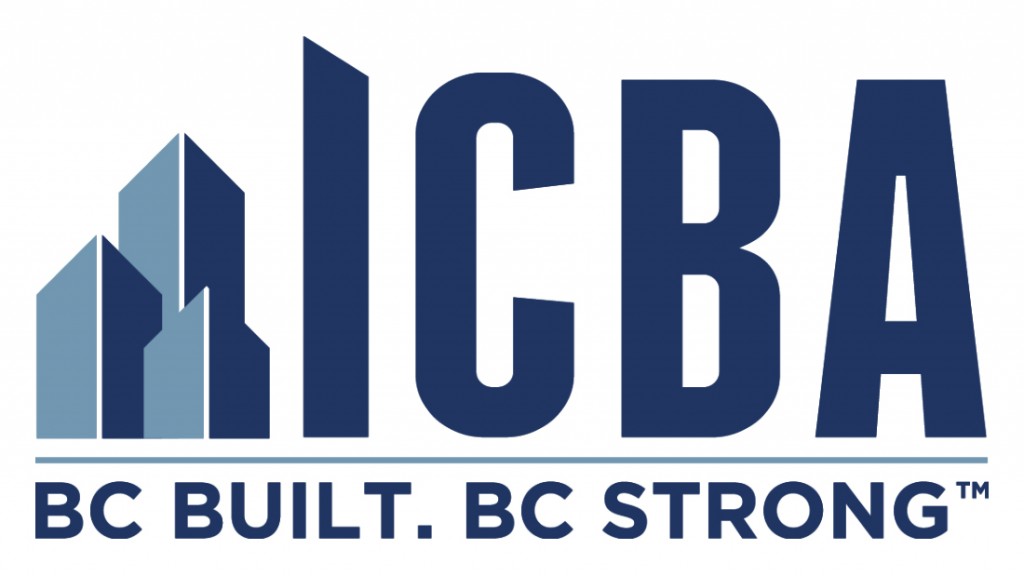Constructing medical offices in Canada is not just about erecting walls and installing equipment; it’s about creating a space that fosters healing, efficiency, and compliance with stringent regulations. The unique nature of medical building construction presents challenges and considerations that require careful planning and execution.
In this guide, we cover the intricacies of medical clinic construction in Canada, exploring the requirements, considerations, and best practices for building these essential facilities.
Understanding the Unique Challenges
Medical construction presents unique challenges that differentiate it from other commercial or residential projects. One of the primary considerations is the need to comply with strict regulations and standards set by governing bodies such as Health Canada and provincial health authorities. These regulations cover various aspects, including building codes, infection control, accessibility, and patient safety.
Additionally, medical clinics require specialized infrastructure to accommodate specific healthcare delivery needs. This includes features such as examination rooms, waiting areas, sanitation facilities, and equipment storage spaces. Designing and implementing these features requires careful planning to optimize functionality and efficiency while ensuring compliance with regulatory requirements.
Furthermore, medical clinic construction often involves integrating advanced technologies and systems to support modern healthcare practices. This may include electronic medical record (EMR) systems, telemedicine capabilities, and medical imaging equipment. Incorporating these technologies into the building design requires collaboration between architects, engineers, and healthcare professionals to ensure seamless integration and optimal functionality.
Custom Build vs. Office Improvement
When choosing a medical clinic construction project, one of the initial decisions to make is whether to opt for a custom build or to find and retrofit an existing space. Both approaches have advantages and considerations, depending on your budget, timeline, and specific requirements.
Custom builds offer the opportunity to design a space from the ground up, tailored to the unique needs of your healthcare practice. This allows for greater flexibility in layout, functionality, and aesthetics. However, custom builds typically require more time and financial resources compared to retrofitting existing spaces.
Office improvements involve renovating an existing space to accommodate a medical clinic. This approach may be more cost-effective and time-efficient, especially if you’re working with a property that already has some or all the facilities your future clinic requires. Retrofitting a regular office space for medical use can present challenges such as structural limitations, compliance with building codes, and adapting existing infrastructure to meet healthcare standards.
Compliance with Medical Building Standards
Compliance with medical building standards is paramount in ensuring the safety, functionality, and regulatory adherence of healthcare facilities in Canada. These standards encompass various aspects of building design, construction, and operation, with specific guidelines created by regulatory bodies and industry organizations.
Key areas of compliance include:
- Building Codes: Medical clinics in Canada must adhere to national and provincial building codes, which dictate requirements for structural integrity, fire safety, electrical systems, and accessibility.
- Infection Control: Healthcare-associated infections pose a significant risk in medical settings. Medical clinics must implement measures to prevent the spread of infections, including proper ventilation, surface materials that are easy to clean and disinfect, and designated areas for medical waste disposal.
- Accessibility: Ensuring accessibility for patients with disabilities is essential for compliance with accessibility standards, such as those set out in the BC Building Accessibility Handbook. This includes features such as ramps, elevators, accessible washrooms, and signage.
- Equipment and Technology: Medical clinics must meet standards for the installation and operation of medical equipment and technology, ensuring safety, accuracy, and compatibility with healthcare practices.
- Privacy and Confidentiality: Compliance with privacy regulations such as the Personal Health Information Protection Act (PHIPA) in Ontario is crucial for safeguarding patient information and maintaining confidentiality in medical settings.
Types of Medical Builds
Medical clinics come in various forms, ranging from small primary care practices to large specialty hospitals. Some common types of medical builds in Canada include:
Primary Care Clinics
These facilities provide basic healthcare services, including preventive care, routine check-ups, and minor treatments. Primary care clinics are typically smaller in scale and may be located in community settings or medical office buildings.
Specialty Clinics
Specialty clinics focus on specific areas of healthcare, such as cardiology, orthopedics, or dermatology. These clinics may offer specialized diagnostics, treatments, and procedures tailored to the needs of particular patient populations.
At Chriscan Construction, primary care clinics and specialty clinics make up a large component of our portfolio.
Ambulatory Surgery Centers
Ambulatory surgery centers (ASCs) provide surgical procedures that do not require overnight hospitalization. These facilities offer a cost-effective and efficient alternative to traditional hospital-based surgery, with shorter recovery times and reduced infection risks.
Urgent Care Centers
Urgent care centers provide immediate medical attention for non-life-threatening conditions that require prompt treatment. These facilities offer extended hours and walk-in appointments, filling the gap between primary care and emergency services.
Chriscan’s Approach to Medical Clinic Construction
We pride ourselves on being a leading construction company specializing in medical builds, with a reputation for delivering high-quality, innovative, and cost-effective solutions. Our approach to medical clinic construction focuses on optimizing facility design for patient flow, efficiency, and compliance with regulatory standards.
Key aspects of our approach include:
Collaborative Design: We work closely with healthcare professionals, architects, and engineers to develop custom design solutions that meet the unique needs of each medical practice. Our collaborative approach ensures that the facility layout, equipment integration, and workflow optimization align with the practice’s goals and objectives.
Patient-Centric Design: We prioritize patient comfort, safety, and accessibility in our facility designs, building welcoming environments that promote healing and well-being. From spacious waiting areas to private and comfortable examination rooms, we tailor every aspect of the design to enhance your patients’ experiences.
Efficiency and Optimization: We leverage our extensive experience in medical construction and make sure we work with knowledgeable partners to optimize facility layouts and flows, minimizing inefficiencies and maximizing movement and productivity. By strategically positioning treatment areas, nurse stations, and support spaces, we streamline patient flow and staff efficiency to reduce stress in an already potentially stressful environment.
Regulatory Compliance: We stay abreast of the latest regulatory requirements and industry standards governing medical building construction in both British Columbia and Canada. Our team ensures that all aspects of the project, from structural design to equipment installation, comply with applicable regulations, minimizing risks and ensuring compliance.
Our Projects
Our previous medical clinic projects can be found in our portfolio on our site but two standout projects are:
DermMedica
DermMedica is a Kelowna clinic offering state-of-the-art cosmetic skin treatments. This minimal yet colourful clinic offers a comfortable and relaxing space for clients to come for their skincare treatments.





Precision for Men’s Health
Precision Health Clinic is a men’s health clinic with locations across Canada. Their Kelowna office was designed by Hatch Interior Design and built by Chriscan with a focus on clean and clinical without losing any warmth and comfort. Small and well-designed, this 950 sq. ft. clinic has 4 operating spaces and a spacious front of house.




Navigating the Complexities of Medical Clinic Construction
Medical clinic construction in Canada presents unique challenges and considerations that require careful planning, expertise, and collaboration. From compliance with regulatory standards to optimizing medical clinic floor plan design for patient flow, successful medical builds require attention to detail and a commitment to excellence.
By understanding the requirements and considerations, Chriscan Construction has been able to successfully navigate the complexities of medical clinic construction with confidence, ensuring the delivery of safe, efficient, and patient-centred healthcare facilities for our clients.
Get in touch with us to start your next project today!








